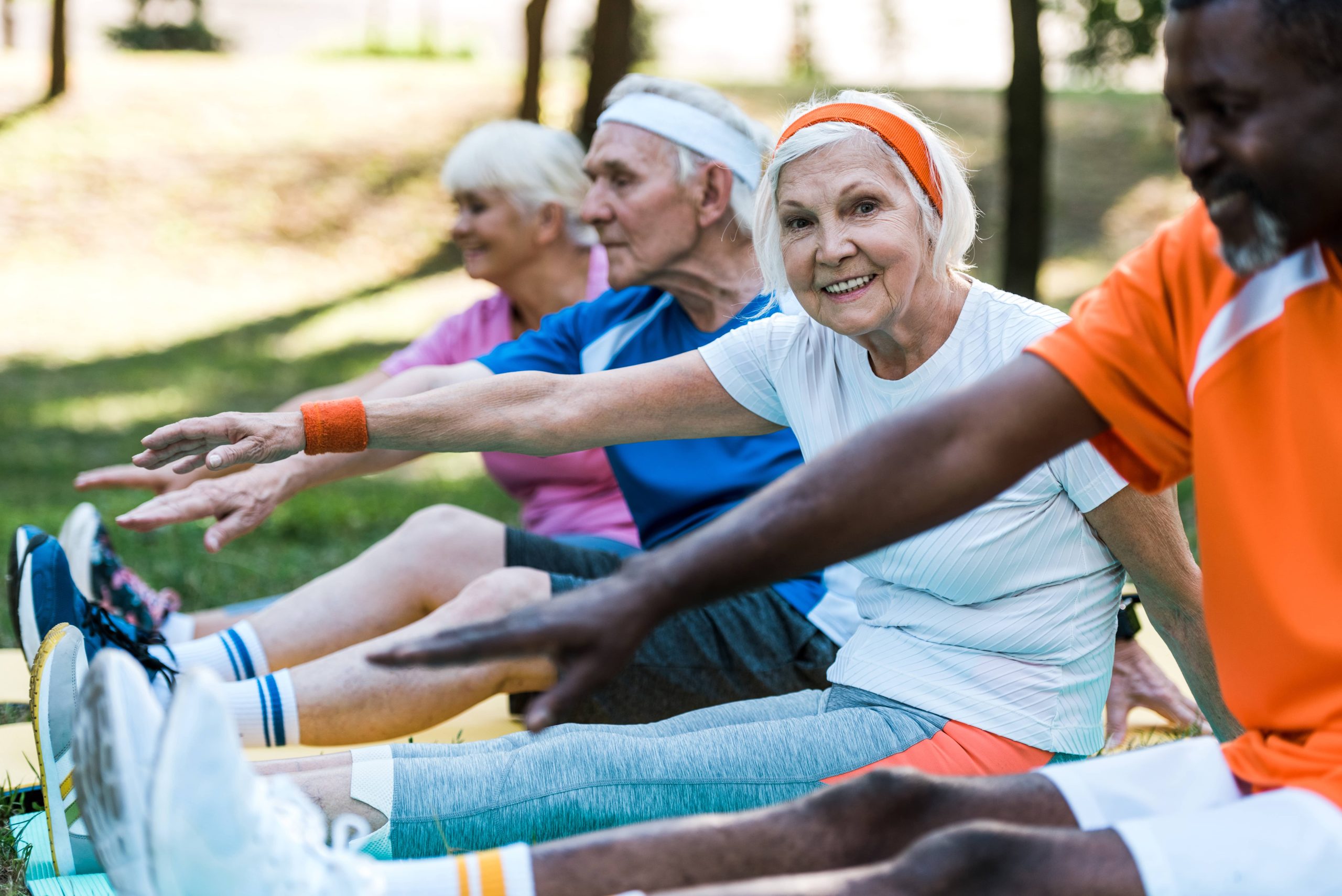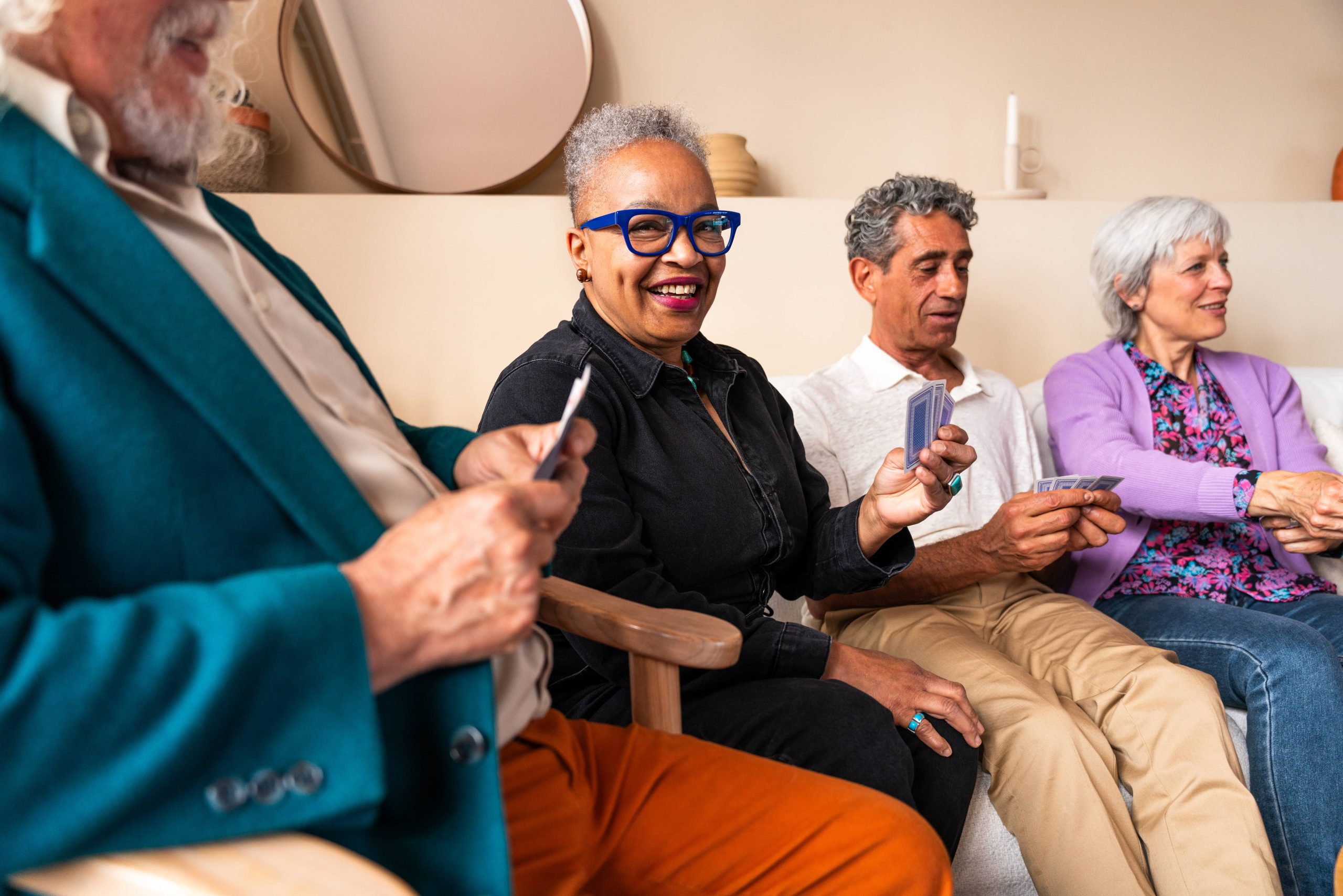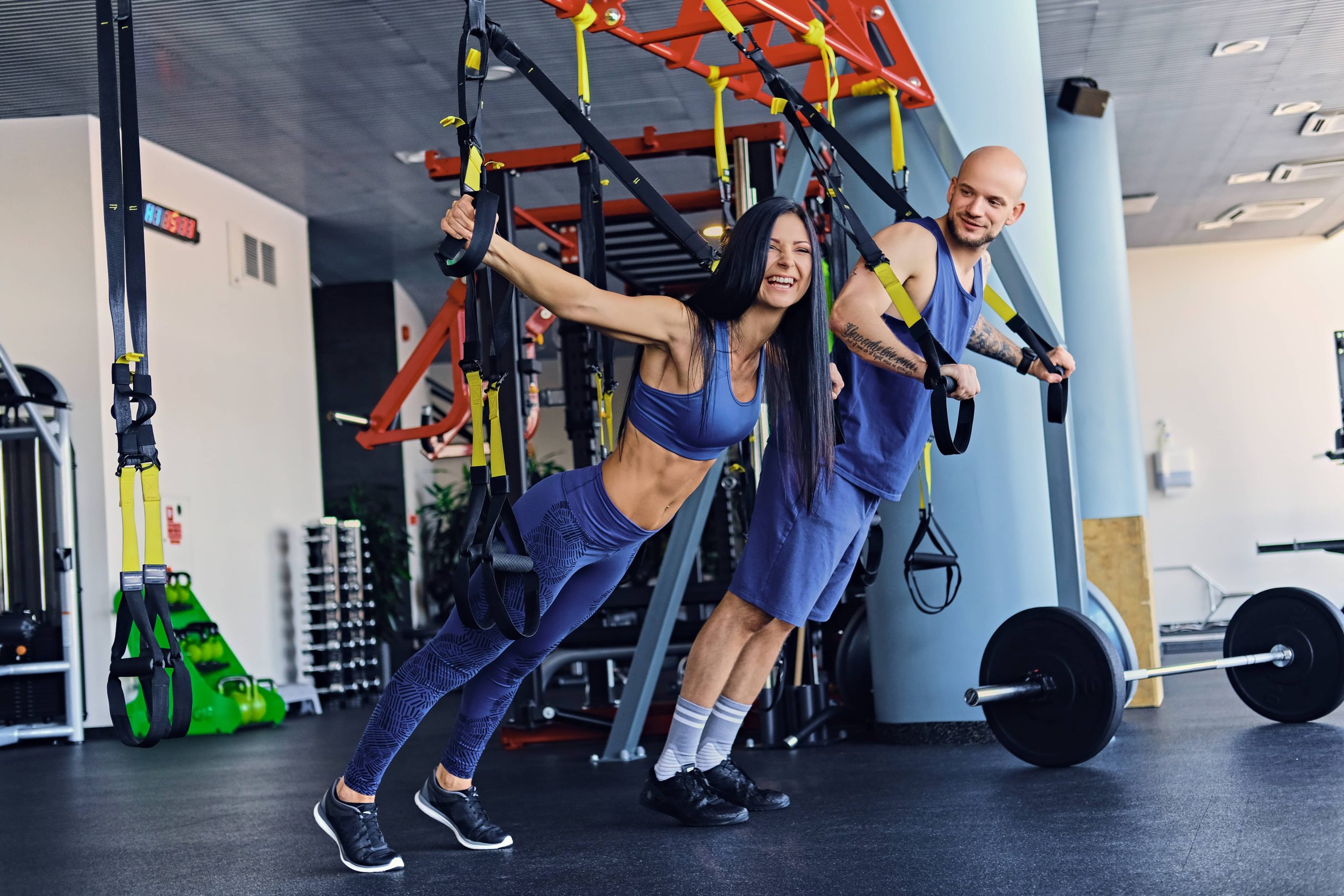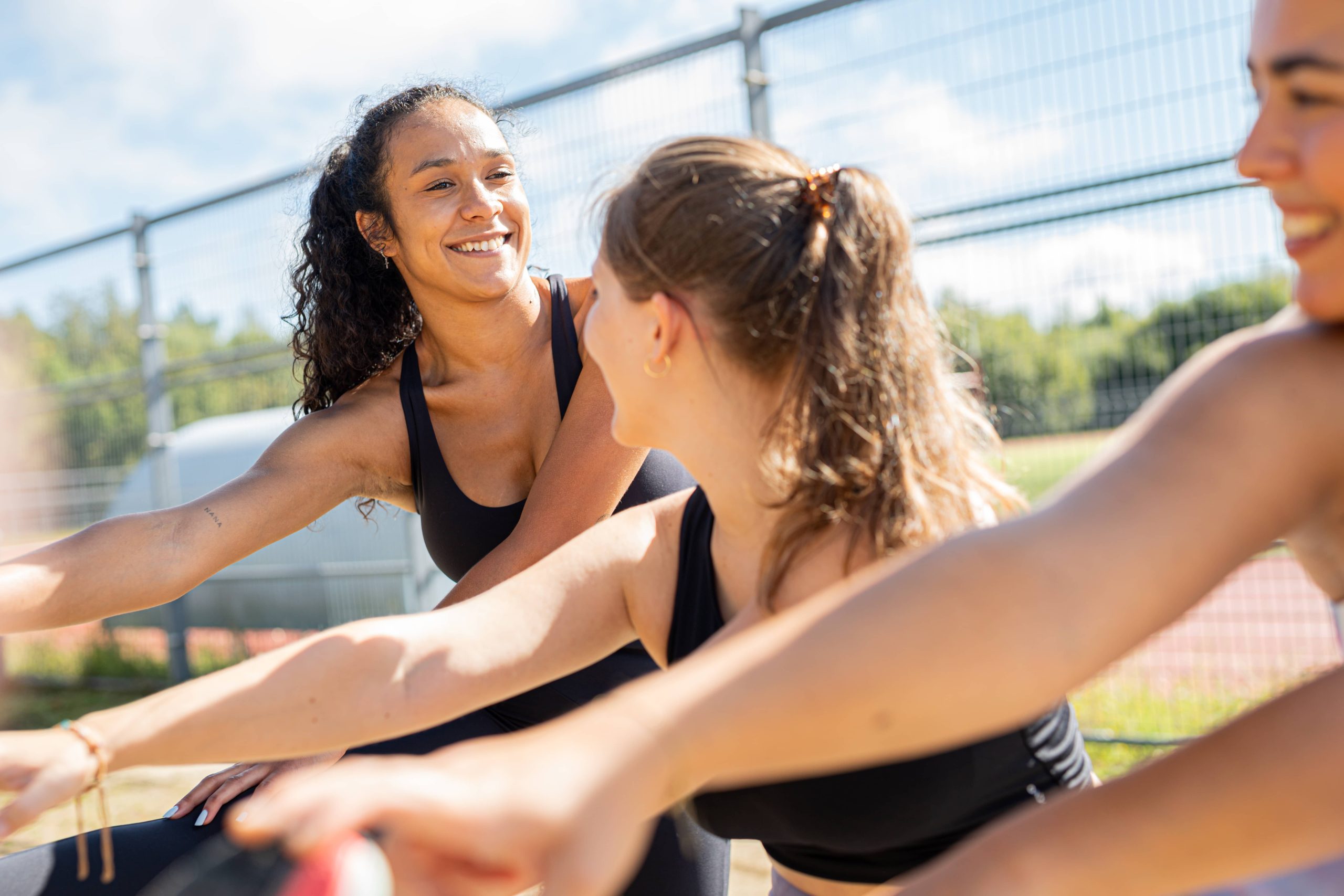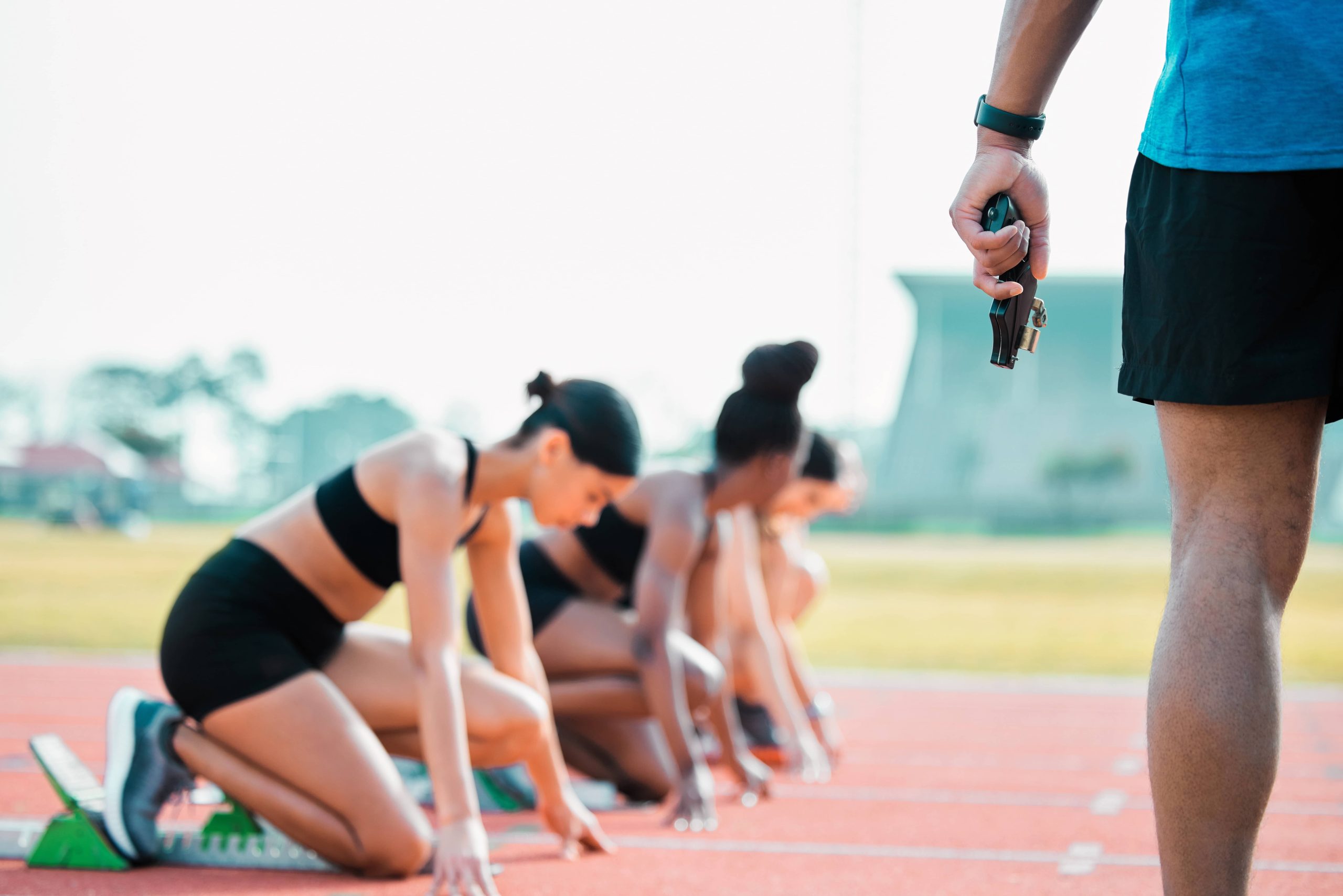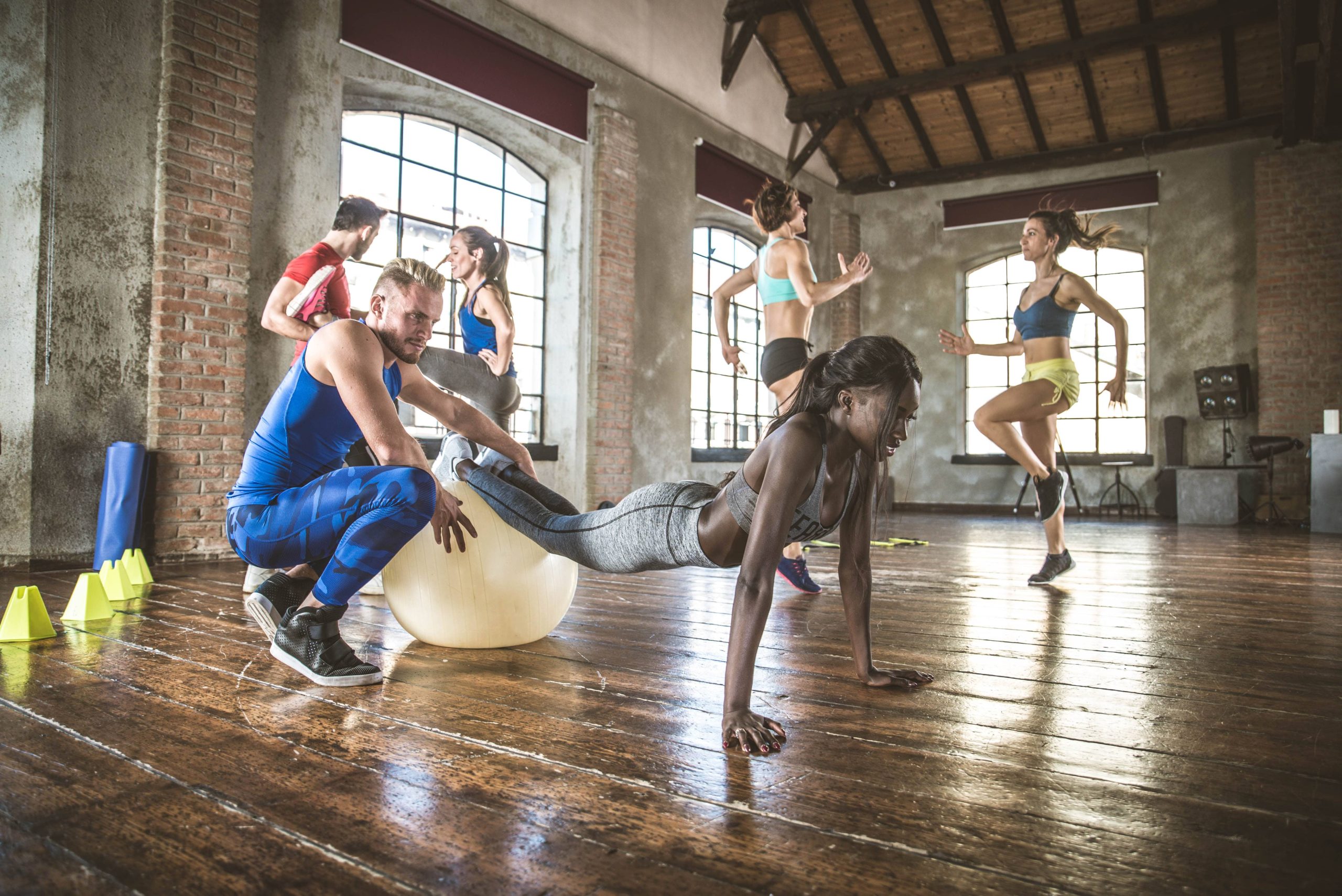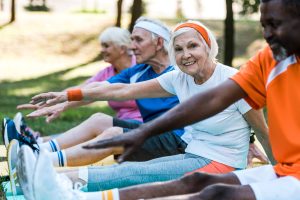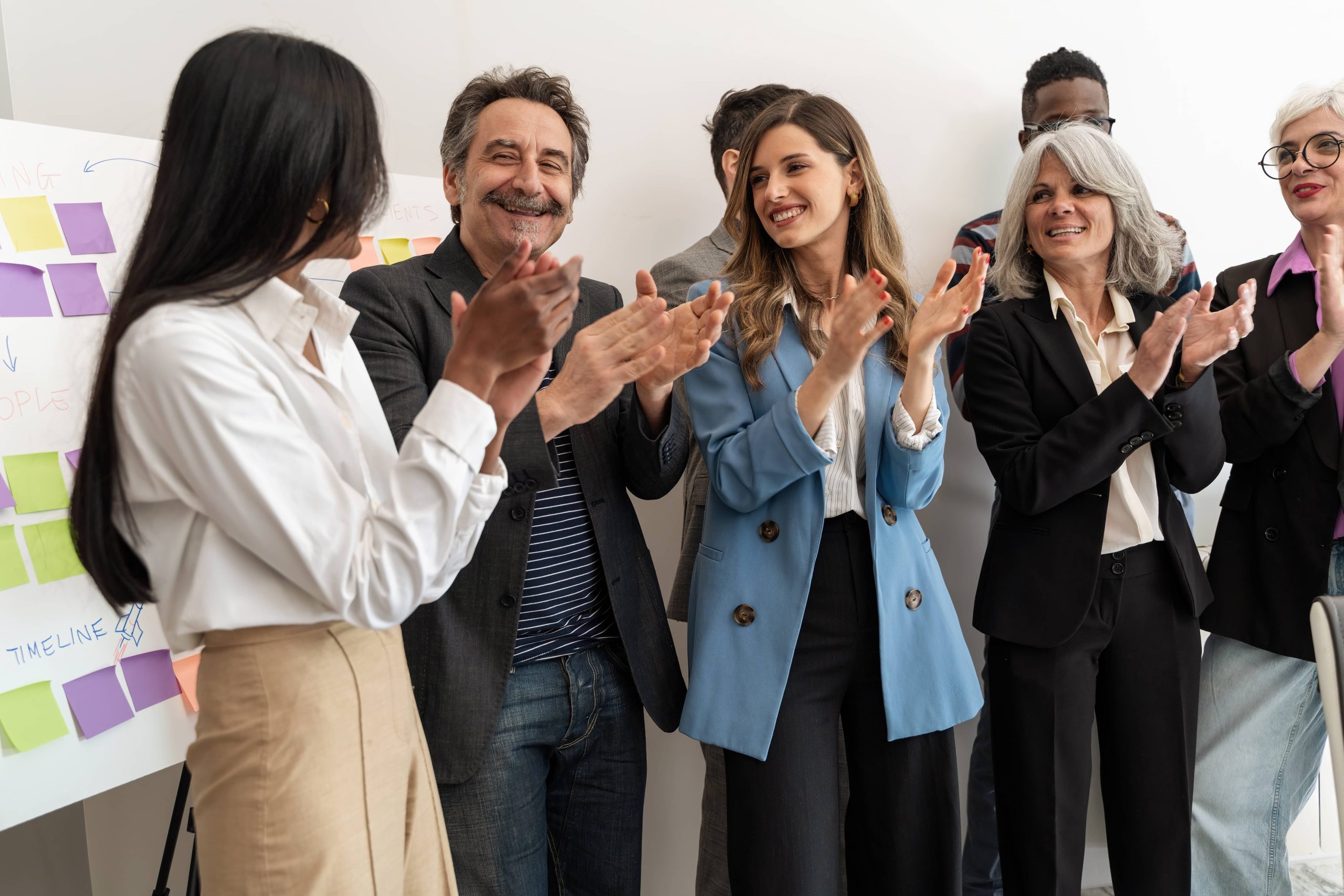
In our fast-paced world, creativity often seems elusive, an intangible realm accessible only to a select few. Yet, creativity is a fundamental aspect of the human experience, a wellspring of innovation and expression that resides within us all. It is not merely the domain of artists and writers, but a vital component of problem-solving and daily life. One powerful and often overlooked catalyst for tapping into this creative potential is exercise—a transformative practice that enlivens the body and the mind, showcasing the beauty of movement and its impact on creative output.
The Synergy Between Movement and Thought
Understanding the intricate relationship between exercise and creativity begins with acknowledging the profound synergy between physical movement and cognitive function. Neuroscientific research underscores this relationship, revealing that engaging in physical activity promotes the release of neurochemicals such as endorphins, dopamine, and serotonin. These neurotransmitters are closely linked to mood enhancement, reduced stress, and improved cognitive faculties.
Moreover, when we exercise, oxygen-rich blood flows more abundantly to the brain, fostering mental clarity and acuity. This physiological boost paves the way for more innovative thinking, allowing ideas to flow more freely and solutions to emerge more readily. The rhythmic nature of exercise routines—whether it’s the steady pace of a morning jog or the fluid succession of yoga poses—provides a meditative space where the mind can wander and explore new avenues of thought.
The Aesthetic of Movement
Exercise, in its many forms, is a celebration of the body’s capabilities—a beautiful, kinetic art that unfolds in real time. From the grace of a ballet dancer to the power of a sprinter, movement possesses an inherent aesthetic that captivates and inspires. This beauty of movement has the potential to stimulate creativity by altering our perception of the world and sparking our imaginations.
Consider the elegant arabesques of a dancer, each sweeping gesture a testament to human potential. The harmony and grace required in dance have inspired countless artists across various mediums, illustrating how the beauty of movement can feed creative expression. Dance, with its storytelling potential, offers not only a visual feast but also a narrative experience, encouraging both the performer and observer to engage their creative faculties.
Furthermore, the repetitive and almost trance-like motions seen in activities like running or cycling can lead to a state of flow, where the mind becomes perfectly aligned with the body. In this state, thoughts are unencumbered by the usual distractions, allowing for a purer form of creativity to surface.
Breaking the Chains of Routine
Exercise also serves as a powerful tool for breaking the chains of routine. All too often, our daily lives become entrenched in predictability, stifling creativity as we go through the motions. Incorporating physical activity into our routines disrupts this monotony, offering fresh perspectives and new challenges. By pushing our physical limits and exploring new forms of movement, we break free from mental blockades, opening the doors to creative problem-solving.
Novelty in movement—such as trying a new sport or learning a different style of dance—can invigorate the mind in a manner akin to travel. It exposes us to new cultures and techniques, broadening our creative horizons. This confluence of the familiar and the novel fuels our imagination, infusing it with the ability to make new connections and draw insights from diverse experiences.
Collaboration Between Body and Mind
In the journey toward enhanced creativity, the importance of a harmonious relationship between body and mind cannot be overstated. This collaboration is exemplified in practices such as yoga and tai chi, where deliberate, mindful movement fosters a heightened awareness of the self. These practices cultivate an understanding of the body as a vehicle for creative expression, each pose and breath a brushstroke on the canvas of existence.
In yoga, the emphasis on mindfulness and presence encourages a deep engagement with one’s inner world. This inward exploration is fundamental to creativity, a space where thoughts and emotions are unraveled and reimagined. By integrating the mind’s wanderings with purposeful movement, yoga serves as both a sanctuary and a laboratory for creative endeavor.
Similarly, tai chi, often described as meditation in motion, invites practitioners to embrace the interconnectedness of body and spirit. The slow, deliberate flow of tai chi movements encourages reflective thought and introspection, qualities essential for fostering creativity.
Real-Life Testimonies
The connection between exercise and creativity is not purely theoretical; it is evidenced in countless real-life testimonies from creative individuals who have integrated movement into their routines. Esteemed writers, musicians, and artists have long praised the role of exercise in their creative processes. Haruki Murakami, a renowned author and avid marathon runner, credits his running routine with granting him the discipline and mental space necessary for his literary endeavors.
Similarly, musician and composer Brian Eno has spoken about how his daily walks serve as a source of inspiration, a time when melodies and ideas present themselves amid the tranquility and rhythm of movement. For many, exercise is a gateway to the subconscious, a bridge to inner creativity that might otherwise remain inaccessible.
Practical Steps for Enhancing Creativity Through Exercise
If you’re inspired to harness the power of exercise to boost your creative faculties, consider incorporating the following practices into your routine:
1. Create Space for Movement: Dedicate time each day to physical activity, prioritizing it alongside other tasks. Consistency will yield the most noticeable benefits.
2. Explore Varied Movements: Experiment with different forms of exercise to engage various parts of your body and mind. Whether it’s dance, martial arts, cycling, or hiking, variety can kindle creativity.
3. Find Your Flow: Engage in activities that allow you to achieve a state of flow, where your body moves naturally and your mind follows, unshackled by the mundane.
4. Mindful Movement: Integrate practices like yoga or tai chi that emphasize mindfulness, encouraging a deeper connection between your physical and mental states.
5. Reflect and Create: After exercising, spend time reflecting on any thoughts or ideas that emerged. Use this clarity to fuel your creative projects, whether it be writing, art, or problem-solving.
In conclusion, exercise is not merely a tool for physical health, but a vibrant medium through which we can ignite and nurture creativity. By appreciating the beauty of movement and its profound impact on our minds, we unlock the potential for greater creative expression and innovation. Embrace this synergy of body and mind, and watch as your world transforms, imbued with newfound inspiration and creative vigor.

